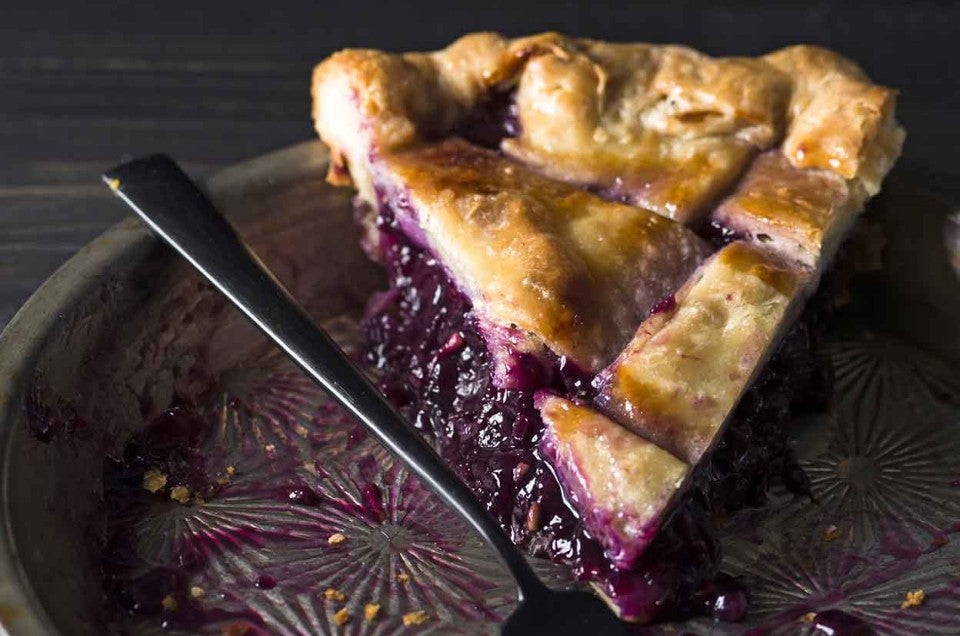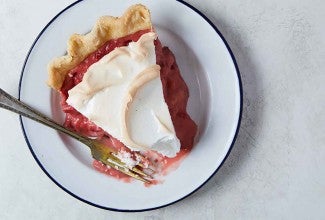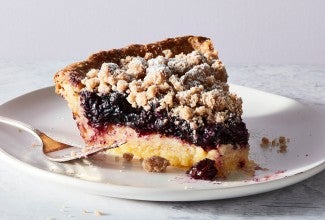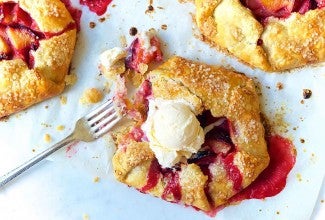Concord Grape Pie
This is one of the many dishes that celebrate the grape harvest in upstate New York. The pie's flaky, buttery crust encases lots of fresh, juicy grapes with barely anything else added, so all the seasonal flavor shines through. Our thanks to writer and food stylist Erin Jeanne McDowell for the recipe.


















